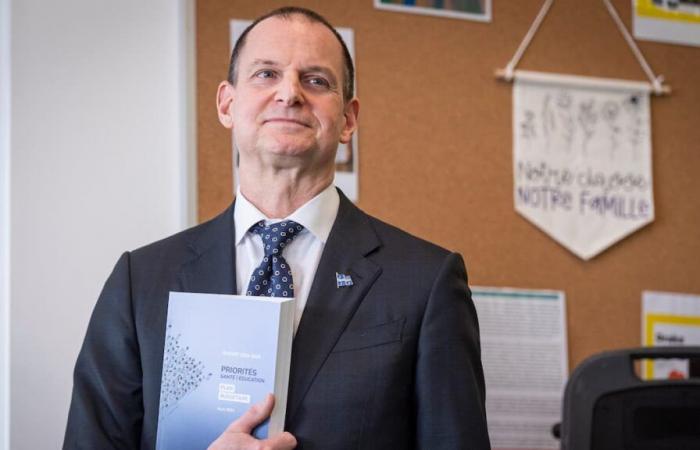On this day of economic updates from Minister of Finance Eric Girard, here is what researchers are proposing to him to make up for his deficits.
It’s quite a clean-up in the 312 tax measures of the Quebec government’s tax system that the two specialists from the Research Chair in Taxation and Public Finance (CFFP) at the University of Sherbrooke, tax specialist Professor Luc, are proposing. Godbout and his research colleague Suzie St-Cerny.
Roughly speaking, the two CFFP researchers recommend in particular eliminating several tax measures that have become obsolete in their eyes and converting a large number of deductions into simple non-refundable tax credits. The ultimate goal of their proposals aims to significantly reduce the bill for said tax measures in order to allow the provincial government to consolidate public finances.
The housekeeping proposed by Godbout and St-Cerny is part of the review of all tax and budgetary expenditures that Finance Minister Eric Girard initiated last spring with the aim of closing the budget gaps in sight. a return to budget balance at the latest during the 2029-2030 financial year.
1. How much s’raise Quebec’s deficits?
The immense deficits revealed by Minister Girard during the tabling of his latest budget are cause for concern. Totaling nearly $32 billion over 5 years, here are the forecast deficits: $11 billion in 2024-2025; $8.5 billion in 2025-2026; $4.2 billion in 2026-2027; $3.94 billion in 2027-2028 and $3.94 billion in 2028-2029.
2. Are there too many unnecessary tax expenditures?
While Minister Eric Girard proposed examining 277 tax expenditures, the two CFFP researchers increased the number to 312. They believe that 35 other tax measures deserved to be evaluated.
Of the 312 tax measures:
– 5 measures have already been abolished due to their one-off nature, such as the three credits paid previously for the cost of living.
– 42 measures have already been revised.
– 141 measures would be maintained due to the following factors: consistency, competitiveness, legal obligation, achievement of the objective.
– 124 measures must be revised in whole or in part with a view to optimizing, simplifying or transforming them.
3. Should we clean up several tax measures?
Of the 307 tax measures still in force, there are 110 (more than a third) of which the government does not even know the number of beneficiaries! This includes 48 of 159 personal income tax measures; 4 of 18 measures affecting personal and corporate taxes; 27 of 78 corporate income tax measures; 2 measures on alcohol tax; 2 measures on the tax on insurance premiums; 6 of 11 fuel tax measures; 21 of the 34 measures relate to the QST.
Worse still: of these 110 tax measures for which the number of beneficiaries is unknown, there are 63 for which we also do not know the cost. Concerning at least the measures which display their fiscal cost, the total cost is estimated at approximately $9.6 billion.
Furthermore, of the 312 tax measures listed, Godbout and St-Cerny counted 120 for restricted use, that is to say measures affecting relatively few beneficiaries. Of this number, 20 measures will be abolished (for $233 million); 9 measures ($33 million) are subject to an expiry date; 23 measures (tax cost of $40 million) could be eliminated for tax simplification purposes; 8 measures, whose total tax cost amounts to $2.2 billion, have been revised downwards (this includes 6 business credits); 34 measures (at a cost of $444 million) are likely to be revised downwards; 26 measures (for $280 million) remain untouched.
4. Should Quebec favor more credits d’non-refundable tax?
With the aim of increasing the neutrality and fairness of the Quebec tax system, Godbout and St-Cerny propose transforming the range of deductions, exemptions and exemptions into tax credits.
This would grant all taxpayers the same tax credit, based on the lowest tax rate, i.e. 14%. Which gives $140 per $1000 of taxable income.
A tax credit is less fiscally beneficial than a deduction in the case of taxpayers earning taxable income greater than $51,780.
Quebec could thus save hundreds and hundreds of millions by converting deductions into non-refundable tax credits.






